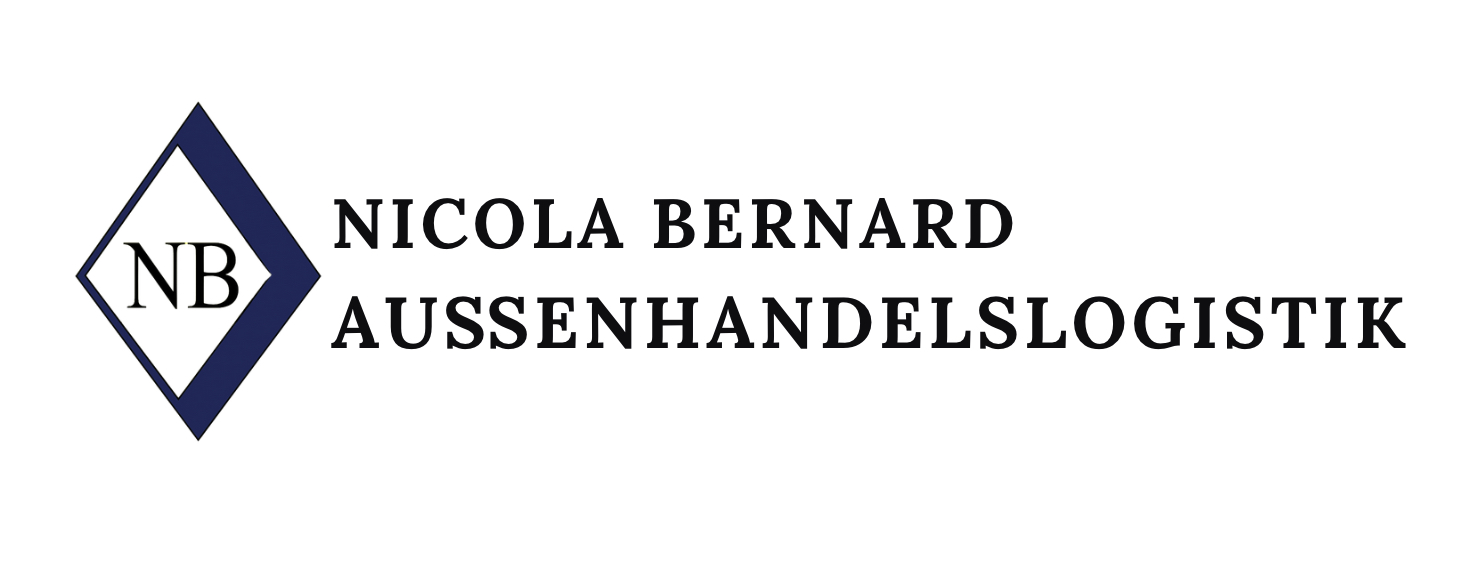On 1 May 2024, the EU will send an important signal against the global trend towards protectionism and market regulation. The wide-ranging free trade agreement between New Zealand and the EU will officially enter into force on this date. In 12 rounds of negotiations that have been held since June 2018, representatives from both sides have worked out all the details of the agreement. Among other things, the trade agreement eliminates the import duties that were previously applied to numerous originating goods from both customs territories.
The trade volume in goods already amounted to approximately 9.1 billion euros in 2022. This makes the European Union New Zealand’s third-largest trading partner after China and Australia. The newly defined partnership is now expected to increase bilateral trade by up to 30%. By applying the free trade agreement, EU companies can save around 140 million euros a year in customs duties.
To provide sufficient protection for European companies, the agreement also contains several exemptions that will continue to impose tariffs on certain goods from New Zealand. The mandatory duties on these specific goods will then be gradually reduced over the next few years. This applies to the following agricultural products, to name just a few: poultry, grain, honey, rice, sugar, dairy products, and fish preparations.
In addition, annually increasing tariff quotas on meat (cattle, sheep, goats), dairy products, sweetcorn and ethanol are meant to give competing EU companies enough time for any necessary economic restructuring.
Furthermore, it can be assumed that European investors will use the free trade agreement as an opportunity to expand their existing investments in New Zealand. The entire Indo-Pacific region is considered to be an untapped potential area for Europe-based investments. Future trade agreements – for example with Australia, Thailand, or India – could strengthen legal certainty in the Indo-Pacific to boost trade in the region.
Source: GTAI (German), European Council






